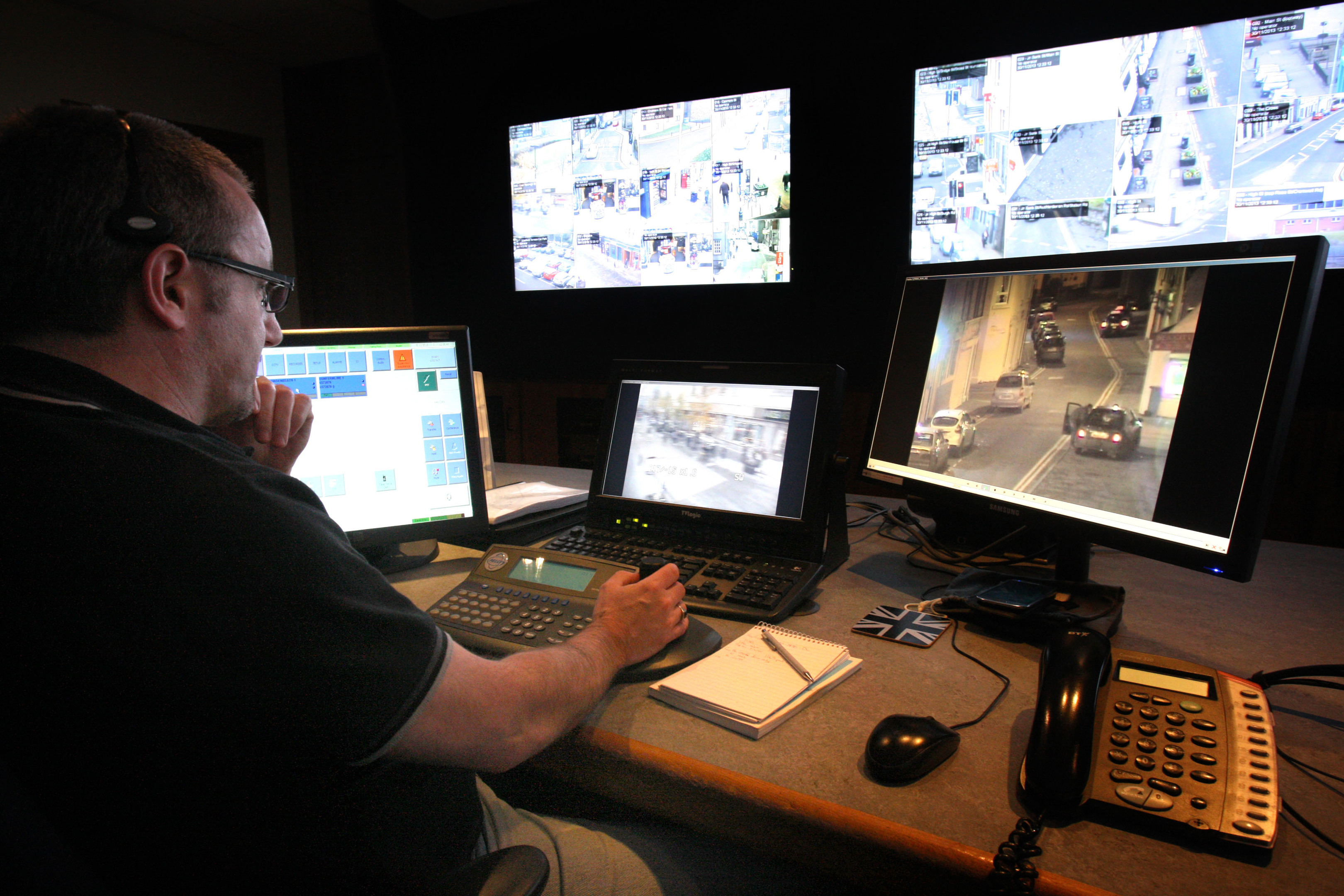
A UK-WIDE network of roadside spy cams designed to aid the war on terror and criminal gangs is facing big delays, The Sunday Post can reveal.
In 2015 Theresa May, then Home Secretary, signed off on the plan to link up the Automatic Number Plate Recognition (ANPR) cameras of every British police force.
An ANPR camera reads vehicle number plates and then checks them against a police database and notifies officers of possible offences.
The Home Office project was to have a national ANPR database, capable of being checked by every UK force, in place by the end of last year.
But now the Home Office has admitted the scheme will not be rolled out until the beginning of 2018.
The Sunday Post also understands the cost of the £4.7 million project has also gone up.
Labour’s shadow home secretary Diane Abbot said: “ANPR can be invaluable in preventing and solving serious crime and terror attacks, but to be truly effective it is crucial that forces can easily share information.
“Ministers must urgently explain what has caused this delay, how much extra cost has resulted from the delay, and what measures they intend to take to ensure the national database is run in a transparent way.
“We need to see greater transparency from the police around the structure and governance of the ANPR system.”
There are around 8500 ANPR cameras across the UK which take 35 to 40 million “reads” a day – or 30 billion a year.
There are around 230 ANPR cameras in Scotland which take an average of 570,000 vehicle images a day.
Home Office guidelines on the use of ANPR say records must be deleted no later than two years after initial capture unless used for criminal investigations.
It is estimated that around 20 billion records are currently being held.
IT firm Leonardo – previously known as Finmeccanica – was awarded the national ANPR system contract in September 2015.
The firm said at the time it was going to provide “a single nationwide service to all of the UK’s law enforcement agencies” which would “contribute towards the Home Office’s ability to deter and disrupt criminal and terrorist activity, while at the same time reducing the costs of law enforcement”.
A Home Office spokesman said: “Leonardo are continuing to deliver the software for the national ANPR service.
“We expect to be able to roll out the national service from the beginning of 2018.
“After awarding the contract in May 2015 the Home Office and police agreed that the project required more detailed requirements than originally expected.”
He added they would comment on final costs as the project is “ongoing.”

Enjoy the convenience of having The Sunday Post delivered as a digital ePaper straight to your smartphone, tablet or computer.
Subscribe for only £5.49 a month and enjoy all the benefits of the printed paper as a digital replica.
Subscribe